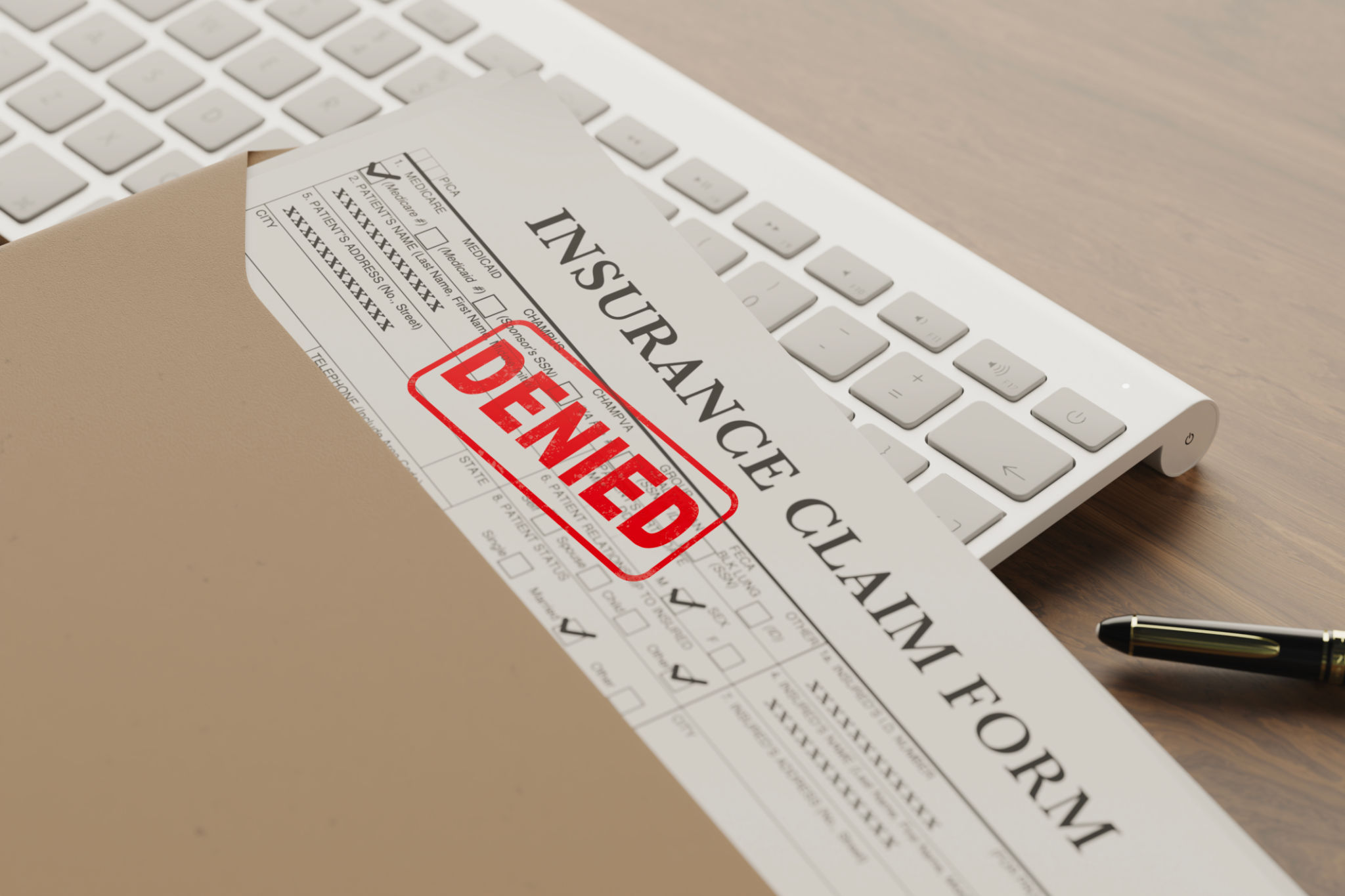Understanding Hurricane Insurance Coverage: What Texans Should Know
Understanding Hurricane Insurance in Texas
Living in Texas means being prepared for the possibility of hurricanes, especially for those residing along the Gulf Coast. One essential aspect of being prepared is understanding hurricane insurance coverage. This type of insurance can be a lifesaver in the event of a destructive storm, helping residents recover more quickly and efficiently.

What is Hurricane Insurance?
Hurricane insurance is not a standalone policy but rather a combination of different types of insurance that cover damages from hurricanes. Typically, homeowners insurance policies cover some hurricane-related damages, but they often exclude flooding. To be fully protected, it’s crucial for Texans to understand what their current policy covers and consider additional coverage if necessary.
Most standard homeowners policies will include wind damage, which is a common consequence of hurricanes. However, flooding caused by storm surges is usually not covered and requires separate flood insurance. Given the frequency and intensity of hurricanes in Texas, securing flood insurance can be an essential precaution.
Flood Insurance: A Key Component
Flood insurance is a separate policy from the National Flood Insurance Program (NFIP) or private insurers. It covers damages specifically caused by rising water, which can result from heavy rainfall and storm surges during a hurricane. Since many areas in Texas are prone to flooding, having flood insurance is often a wise decision.

The cost of flood insurance varies depending on the property's location and risk level. Properties in high-risk flood zones will generally have higher premiums, but even those outside these zones can benefit from having coverage. It’s important to remember that there is typically a 30-day waiting period before flood insurance becomes active, so planning ahead is crucial.
Understanding Deductibles and Limits
When reviewing hurricane insurance coverage, paying attention to deductibles and coverage limits is important. A hurricane deductible is usually higher than a standard deductible and can be based on a percentage of the home's insured value rather than a flat rate. Understanding these details can help homeowners plan financially for potential out-of-pocket costs after a storm.

Additionally, checking the coverage limits ensures that the policy provides sufficient protection to rebuild or repair the home after a hurricane. Regularly reviewing and updating your policy to reflect changes in home value or improvements is an important practice for maintaining adequate coverage.
Steps to Take Before the Storm
Before hurricane season begins, Texans should take proactive steps to ensure they have adequate coverage. Here’s a checklist to consider:
- Review your current insurance policies to understand what is covered.
- Contact your insurance agent to discuss potential gaps in coverage.
- Consider purchasing additional flood or windstorm insurance if necessary.
- Document your home’s contents with photos or videos for potential claims.
By taking these steps, homeowners can rest assured that they are as prepared as possible for hurricane season. In the event of a storm, having the right insurance coverage means one less thing to worry about during a stressful time.
Conclusion: The Importance of Being Prepared
Understanding hurricane insurance coverage is an essential part of living in Texas. Given the unpredictability and potential devastation of hurricanes, ensuring that you have comprehensive coverage can make all the difference in recovery efforts. By reviewing your policies and considering additional coverage options, you can protect your home and family from the financial impacts of these powerful storms.
